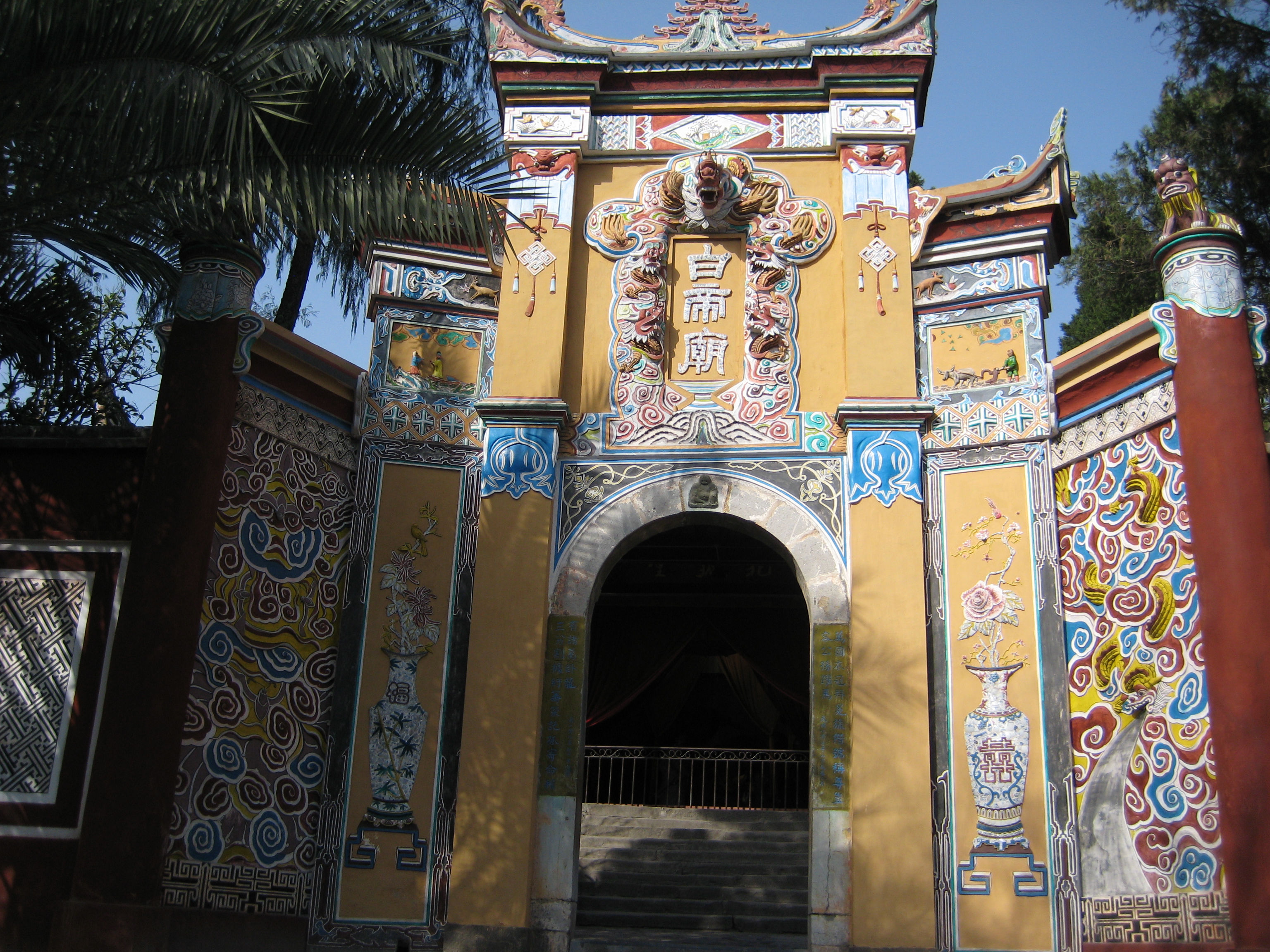at autumn’s end, frost and
dew hanging heavy,
rise at dawn to walk
through a hidden valley—
yellow leaves have
enveloped the creek bridge,
in the deserted village,
nothing but ancient trees—
winter blossoms here and
there, sparse and lonely,
the stream’s murmur cut
off, then picks up again—
my heart’s desires long
since have been put aside:
what is it that startles
the milu deer?
Based on Liu Zongyuan: 秋曉行南谷經荒村
Qiū Xiăo Xíng Nán Gŭ Jīng
Huāng Cūn
Note: Milu—also known as Père David’s deer—are essentially
extinct in the wild, though a small feral population does currently exist in
China, composed of a herd that escaped a zoo. Otherwise, the milu only exist in
zoos. Dating back to prehistorical times, milu ranged across all of China,
though the population shrank steadily during historical times. The milu are
sometimes called “sibuxiang” (Chinese: 四不像; pinyin: sì bú xiàng), which could
be translated as “four not alike”; they are variously described as having
"the hooves of a cow but not a cow, the neck of a camel but not a camel,
antlers of a deer but not a deer, the tail of a donkey but not a donkey";
"the nose of a cow but not a cow, the antlers of a deer but not a deer,
the body of a donkey but not a donkey, tail of a horse but not a horse";
"the tail of a donkey, the head of a horse, the hoofs of a cow, the
antlers of a deer"; "the neck of a camel, the hoofs of a cow, the
tail of a donkey, the antlers of a deer"; "the antlers of a deer, the
head of a horse and the body of a cow".
Image links to its
source on Wiki Commons:
“Snow Mountains”: Guo
Xi. 11th Century. Public domain.

_MET_TR_171_1_2013_O1_sf.jpg)


